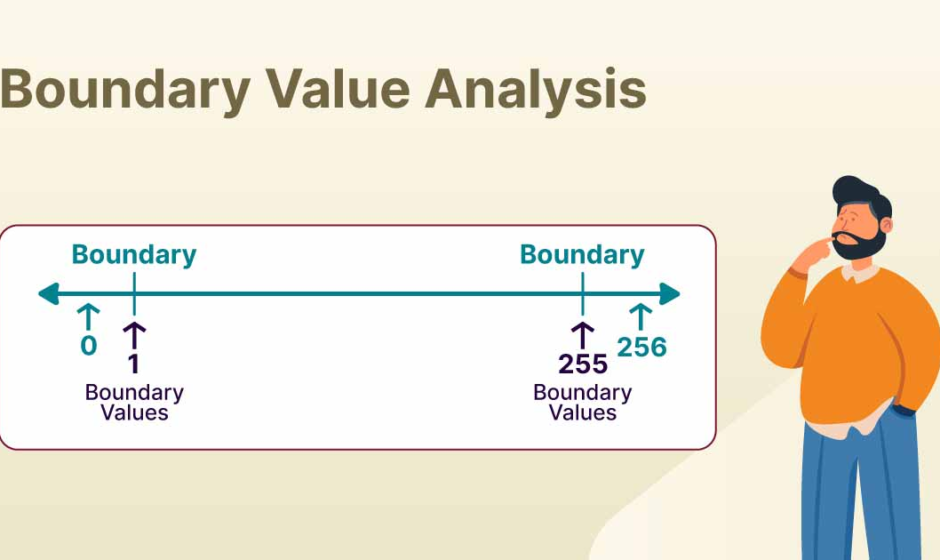Boundary Value Analysis (BVA) and Equivalence Partitioning (EP) are two crucial testing techniques in the realm of software quality assurance. These methods are used to design test cases that help identify defects and ensure that software behaves as expected across a range of inputs. Explore these techniques in detail, highlighting their importance, application, and how they are taught in the Manual Testing Course.
Boundary Value Analysis (BVA)
Boundary Value Analysis tests and focuses on the boundaries of input ranges. Errors are more likely to occur at the edges of input ranges rather than in the middle is the principle behind BVA. Testers concentrating on these boundary values can effectively identify potential defects that might not be apparent with other testing methods.
Concepts:
- Boundary Values: These are the values at the edge of input ranges. For instance, if the valid input range is 1 to 10, the boundary values would be 1, 10, and values just outside this range (0 and 11).
- Test Cases: BVA involves creating test cases that include these boundary values to ensure the software handles edge conditions correctly.
Example: For an input field that accepts values from 1 to 100, BVA would include test cases with values like 1, 100, 0, and 101.
Equivalence Partitioning (EP)

Equivalence Partitioning is a technique used to divide the input data of a software application into partitions or groups where test cases can be derived. Each partition represents a set of input values that are expected to be treated similarly by the software.
Concepts:
- Equivalence Classes: These are groups of input values that are considered equivalent in terms of how they are processed by the application. For example, if an application accepts ages between 18 and 60, then input values like 20, 30, and 50 would belong to the same equivalence class.

- Test Cases: EP involves selecting test cases from each equivalence class to verify that the software handles all scenarios correctly.
Example: For a system that accepts ages between 18 and 60, equivalence classes might include:
- Valid age: 20, 30
- Invalid age (below range): 17
- Invalid age (above range): 61
Comparison and Integration
Both BVA and EP are integral parts of a robust testing strategy. While BVA focuses on the extremes of input ranges, EP divides input data into groups to simplify test case creation. Combining these techniques provides a comprehensive approach to testing, covering both edge cases and representative values.

Comparison of BVA and EP
| Aspect | Boundary Value Analysis (BVA) | Equivalence Partitioning (EP) |
| Focus | Edge values of input ranges | Groups of equivalent input values |
| Test Case Creation | Based on boundary values and edges | Based on input partitions and classes |
| Application | Identifies boundary-related defects | Simplifies test case selection |
| Use Case | Validating limits and edge conditions | Validating functionality across classes |
For those looking to gain expertise in BVA and EP, a Manual Testing Course provides a structured approach to learning these techniques. Such courses cover fundamental concepts, practical applications, and real-world scenarios to ensure comprehensive understanding.
Frequency of Defects Identified

Learning BVA and EP
In cities like Mumbai, Software Testing Classes in Mumbai offer specialized training on these methods. These classes enable students to apply BVA and EP in various testing environments.
Software Testing Classes in Mumbai offer hands-on training in various testing methodologies, including manual and automated testing. These classes provide practical experience with tools and techniques, preparing professionals for real-world QA challenges.
Conclusion
Boundary Value Analysis and Equivalence Partitioning are essential techniques in the toolkit of software testers. By focusing on edge cases and representative input values, these methods help ensure robust and reliable software. Enrolling in a course or attending a Software Testing Class can provide valuable training and practical experience in these critical areas of software testing.


